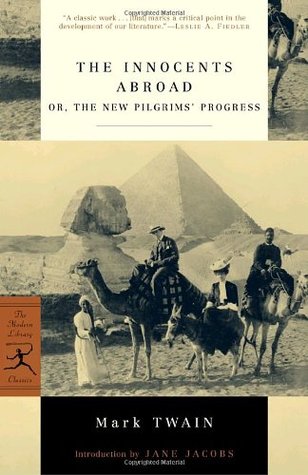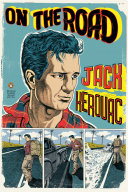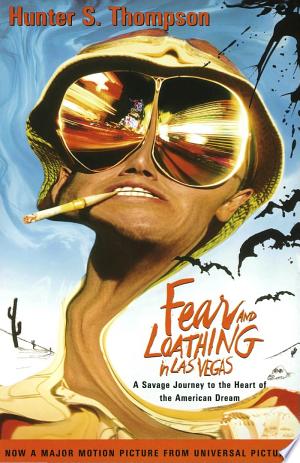"The Innocents Abroad" Summary
By Mark Twain
travel | 560 pages | Published in NaN
The Innocents Abroad, or The New Pilgrims' Progress is a travel book by American author Mark Twain published in 1869 which humorously chronicles what Twain called his "Great Pleasure Excursion" on board the chartered vessel Quaker City (formerly USS Quaker City) through Europe and the Holy Land with a group of American travelers in 1867. It was the best-selling of Twain's works during his lifetime, as well as one of the best-selling travel books of all time.
| ISBN_13: | 9780812967050 |
Estimated read time: 4 min read
One Sentence Summary
A humorous travelogue detailing Mark Twain's experiences and observations as he travels through Europe and the Holy Land.
Table of Contents
Introduction
"The Innocents Abroad" is a travel narrative written by the renowned American author Mark Twain. First published in 1869, the book documents Twain's journey on a pleasure excursion to Europe and the Holy Land with a group of American travelers. Through humorous and insightful observations, Twain provides a satirical commentary on the cultural differences, historical landmarks, and the overall experience of travel in the 19th century.
Brief Synopsis
Plot Overview
The story follows Mark Twain, who joins a group of American travelers on a steamship voyage across the Atlantic Ocean to Europe and the Holy Land. Throughout the journey, Twain humorously recounts his experiences, encounters with different cultures, and the sights and sounds of the places visited.
Setting
The book is set in the mid-19th century, during a time when transatlantic travel was a luxury and the destinations in Europe and the Holy Land were steeped in history and cultural significance.
Main Characters
| Character | Description |
|---|---|
| Mark Twain | The author and narrator of the story, known for his wit and humor. |
| The American Travelers | A diverse group of individuals with varying personalities and perspectives. |
Story Points Over Chapters
Chapter 1-5: Departure and Voyage
Twain and the American travelers board the steamship in New York City and set sail for Europe. Twain introduces the fellow travelers and provides humorous observations about life on board the ship.
Chapter 6-10: Exploring European Cities
The group arrives in various European cities, including Paris, Rome, and Venice. Twain humorously describes the cultural differences and the group's experiences with local customs and traditions.
Chapter 11-15: The Holy Land
The travelers journey to the Holy Land, visiting historic sites such as Jerusalem and Bethlehem. Twain provides satirical commentary on the religious significance of the locations and the behavior of the tourists.
Chapter 16-20: Return Journey
As the journey comes to an end, the group reflects on their experiences and the impact of their travels. Twain offers humorous insights into the nature of travel and the perceptions of different cultures.
Main Events
- The departure from New York and the initial excitement of embarking on the voyage.
- The group's experiences in European cities, including encounters with local customs and traditions.
- Visits to historic sites in the Holy Land and the travelers' reactions to the religious significance of the locations.
- The return journey and the reflections on the overall experience of travel.
Themes and Insights
Cultural Differences
Twain explores the humorous and sometimes absurd differences between American culture and the cultures encountered during the journey, shedding light on the complexities of cross-cultural interactions.
Religious Significance
The book delves into the travelers' reactions to the religious sites in the Holy Land, highlighting the impact of religious history and mythology on individuals from different backgrounds.
The Nature of Travel
Through satire and humor, Twain offers insights into the nature of travel, including the expectations, disappointments, and revelations that come with exploring unfamiliar territories.
Reader's Takeaway
"The Innocents Abroad" offers readers a humorous and thought-provoking perspective on travel, cultural differences, and the human experience. Mark Twain's witty observations and satirical commentary provide an entertaining and insightful look at the journey of self-discovery through exploration.
Conclusion
In "The Innocents Abroad," Mark Twain masterfully combines humor, satire, and keen observation to create a captivating narrative that continues to resonate with readers. The book's exploration of cultural differences, religious significance, and the nature of travel makes it a timeless and engaging read for anyone with an interest in the human experience and the art of storytelling.
The Innocents Abroad FAQ
What is 'The Innocents Abroad' about?
Is 'The Innocents Abroad' a work of fiction or non-fiction?
What is the writing style of 'The Innocents Abroad'?
Why is 'The Innocents Abroad' considered an important work?
Is 'The Innocents Abroad' suitable for readers interested in travel literature?





